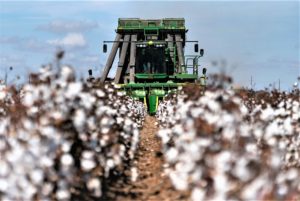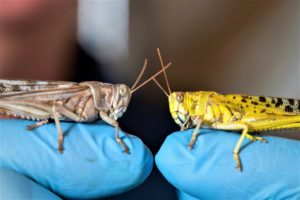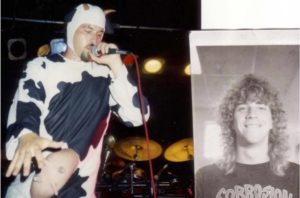Congratulations to Andie Miller and Mason Clark who won 1st place in their respective categories in the 10-minute Student Paper Competition at this year’s annual meeting of the Entomological Society of America in National Harbor, Maryland. They both delivered excellent talks presenting some very cool data from their ongoing PhD projects.
Mason’s 1st place presentation in the Physiology, Biochemistry & Toxicology (PBT): Biocontrol and IPM section:
- Clark, M.C., Sword, G.A., Zhu-Salzman, K. & Behmer, S.T. (2023) Modifying phytosterol production in upland cotton reduces the performance of insect herbivores.
Andie’s 1st place presentation in the Systematics, Evolution & Biodiversity (SysEB): Behavior section:
- Miller, A., Tessnow, A.E., Nagoshi, R., Meaghar, R. & Sword, G.A. (2023) Evidence for allochronic reproductive isolation between R- and C- strains of the fall armyworm in Texas and Florida populations.
Shout out to fellow BPRI member, Chris Brennan, from the Behmer Lab who also took home a 1st place prize to complete the TAMU EEB student sweep at ESA!



